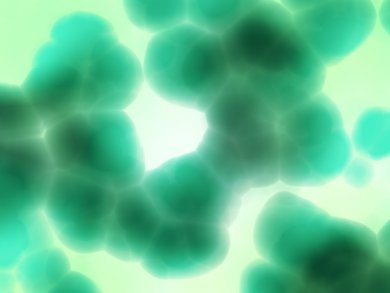Adherent cells need to be attached to a surface to survive. Dielectrophoresis (DEP) captures cells on a surface by using electric fields to move them through a weakly conducting medium. The cells spend 20–30 min in the medium — often sucrose in water — which shortens their lifespan, making it difficult to run experiments on them.
Darwin Reyes and co-workers, National Institute of Standards and Technology (NIST), Maryland, USA, have developed a hybrid cell adhesive material (hCAM ) that significantly reduces the time cells spend in the conducting medium. The hCAM is comprised of polyelectrolytes and fibronectin. Pluripotent cells were trapped with DEP forces and anchored on the hCAM surface within 4 min. The cells were viable for up to 8 d and were able to undergo neuronal differentiation, demonstrating this technique’s suitability for long-term cell experiments.
- Hybrid cell adhesive material for instant dielectrophoretic cell trapping and long-term cell function assessment
D.R. Reyes, J.S. Hong, J.T. Elliott, M. Gaitan,
Langmuir 2011, 27, 10027-10034.
DOI: 10.1021/la200762j



